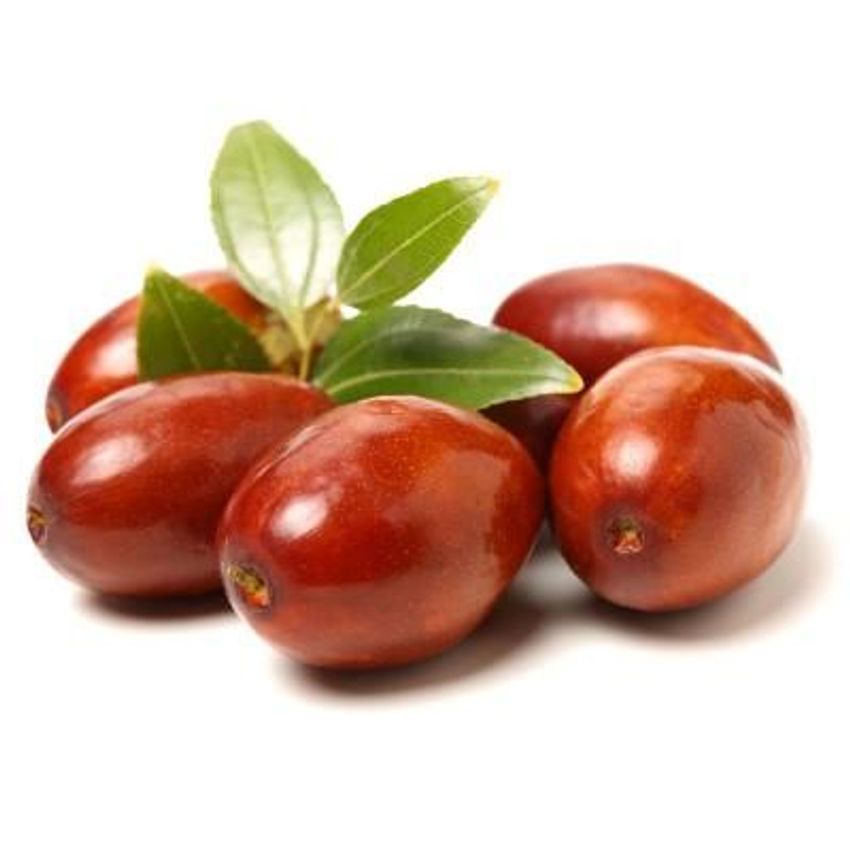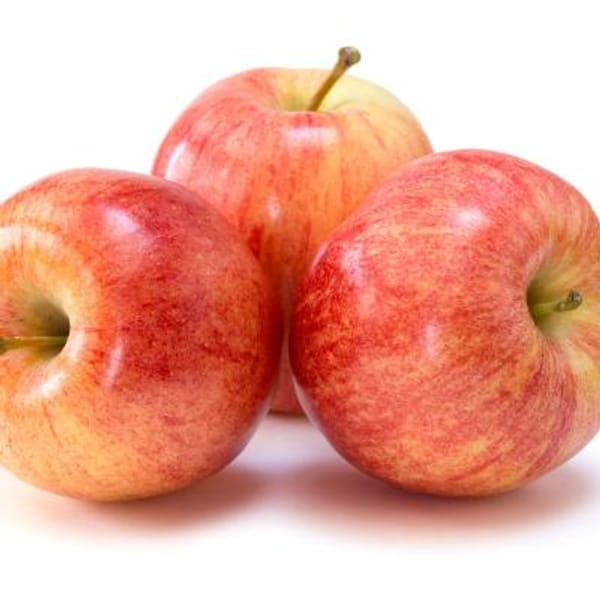Sold out for the 2025 Season. We will have bareroot fruit trees available again for pre-order in Fall 2025 and they will be shipped starting January 2026.
GA 866 Jujube- Variety Information
- This jujube variety has one of the highest sugar contents of any variety
- Jujube’s unique and tasty fruit becomes reddish-brown when ripe, with a sweet apple-like flavor and crisp texture.
- Date flavor when dried.
- One of the largest with fruits averaging 1.5" to 2"
- Great variety for warmer climates
- Jujubes are a rare and unique small tree displaying attractive contorted branched, fine lacy foliage, and abundant small, fragrant, white flowers which bloom in mid-summer.
- Also known as Chinese Date
- Easy to grow, Jujube can stand some drought and grows well in the Northwest as well as in other regions of the US.
- Jujube likes half a day to full sun and well-drained soil.
- While most varieties are considered self-fertile, plant two varieties for heavier crops.
- USDA Zone 5-10, Requires 200 chill hours to set fruit.
- Protect when temperatures fall below -20°F.
Tips:
- Require minimal chill and plentiful summer sun and heat to set fruit.
- Prefer sandy, well-drained soils and while tolerating many soil types, do less well in heavy, poorly drained soil.
- Drought tolerant, but better crop with regular water. Winter prune to maintain plant health.
- Jujube trees do have thorns.







